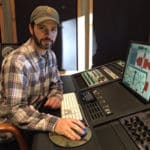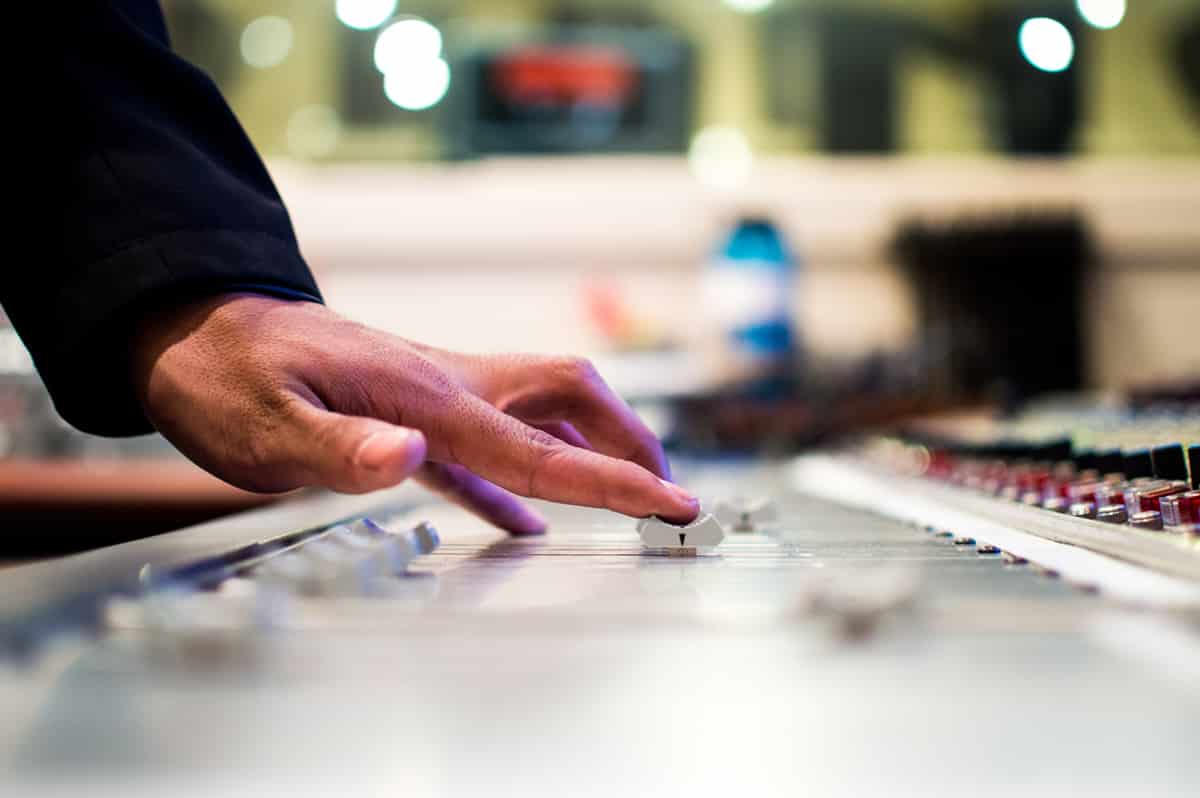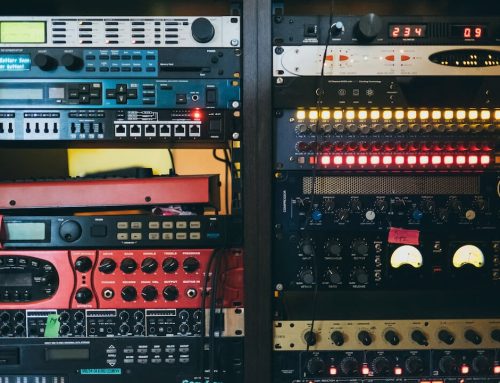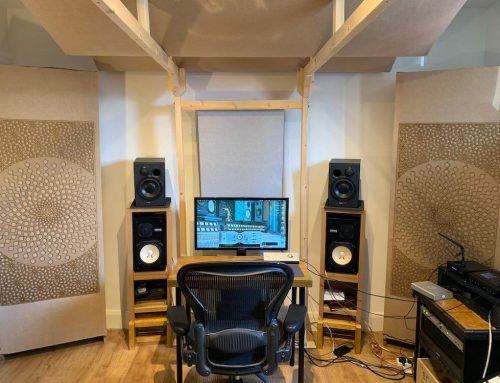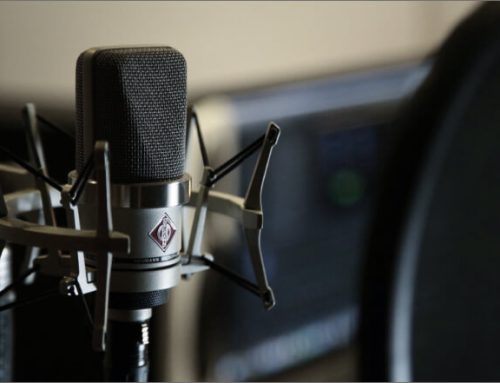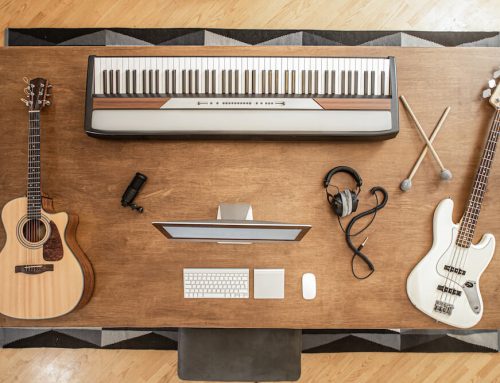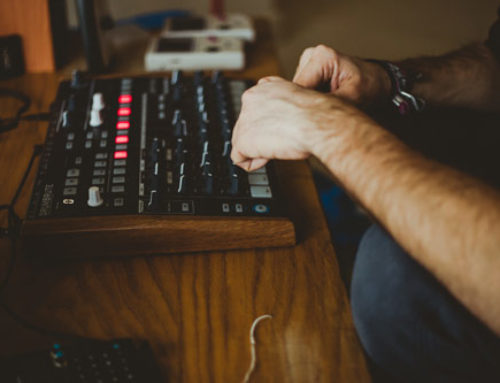I started my DAW journey back in 1995 on a Windows ‘95 machine running Sound Forge software. The next DAW I encountered was in 2000, on Pro Tools 5 Mix Plus rig to be exact. A buddy of mine had a studio with the original Pro Control and a Yamaha 02R mixer. This was my first experience into the world of flying fader automation. I couldn’t believe what I was seeing. “You mean this mixer can remember where the faders are supposed to move… automatically?” I asked. I know now that flying fader automation had been around for eons at that point. But for a young startup, this was pure magic.
For my little ADAT studio I purchased two used Yamaha ProMix 01’s and cascaded them together, so I could have 32 tracks at mixdown. Those specific Yamaha’s didn’t have proper automation, but they did have the primitive snapshot flying fader type automation based on “scene recalls”. Every time I needed to change a mix setting, I would press the “scene recall” button at the very spot that I wanted the change. One song could have anywhere from 10 to 20 scenes to recall. You kids today don’t know how easy you have it!!
When it was time for me to upgrade my studio in 2002, I purchased a new Pro Tools rig and a Control 24 to go along with it. After a certain point, I was using the mouse for writing automation more than I was using the fader automation on the C24. And at that time, the studio business was (and still is!) so “dog-eat-dog”, that I thought I needed all flash for my cash, so the C24 stayed around just for the looks. Today, I think the total opposite. All I need is an ergonomic mouse (I prefer the Logitech M305) and I’m ready to automate… if I even have to!
The first thing I do to get myself ready for automating a mix is getting the basic levels and panning set before I start writing automation. When I go through the session tracks, I listen for volume levels that are either too loud or too low and use a gain plug-in, then print the volumes and fades directly to the track to smooth things over. My workflow usually starts with the drums. Then I move to bass, guitars, vocals, and so on. Basically putting together my mix like an assembly line with my gain plug-in.
So BEFORE automation has even begun, I have all the levels, fades, and panning printed to what starts resembling a mix, without any automation. This took my productivity to a whole new efficiency level, as I generally start this process before we even get close to the mix stage.
I’m also very big on committing to a track. I generally don’t like “layer upon layer” of playlists, and I love using lots of effects. But instead of just pulling up a plug-in and letting it sit there on a track so I can tweak it later, I’ll instead go into the AudioSuite version of a plug-in and find what I like, then process it on the spot during tracking. I like trusting my gut instinct. Yes, this can be a little dangerous in the long run, but I like to take that risk. It not only speeds up my workflow but also gives me fewer options to ponder and saves endless amounts of time toying with the seemingly endless choices available, hence saving me the time when it comes to mixing.
So finally, here’s the automation section, and it’s a short one. This process is mostly reserved for things that absolutely NEED automation. While I certainly still use volume, pan, and mute automation, I find that the automation is more suited for effects that I can’t simply print in my DAW. This will generally be for L/R panning fades, reverb blooms, special delays, and so on.
So as the title of the article states, this was going to be a little piece on automation. But it turned into a piece on how to automate LESS. Now don’t get me wrong. Do I automate? Absolutely. Do I try my best not to? Absolutely.
Happy mixing!
John Naclerio – Mixing and Mastering Engineer
www.nadarecording.com .
